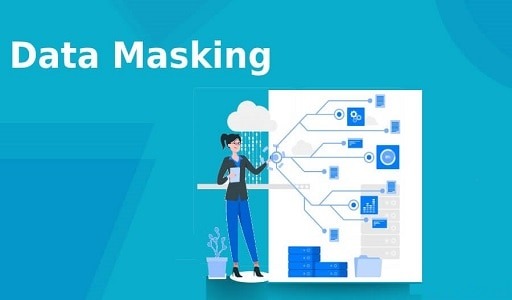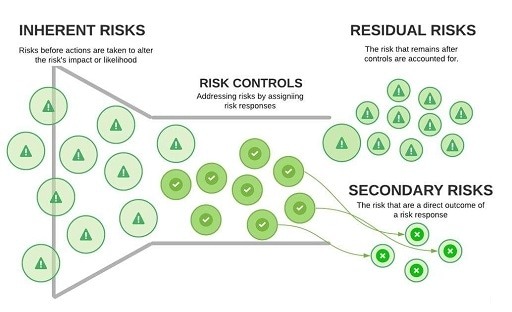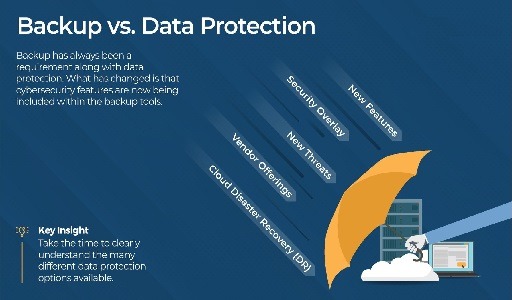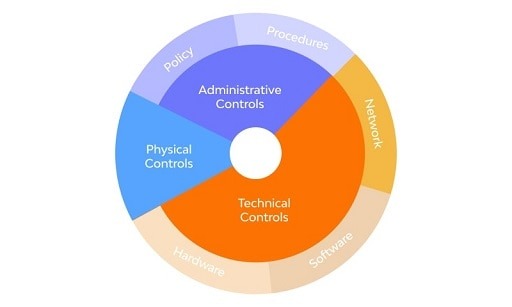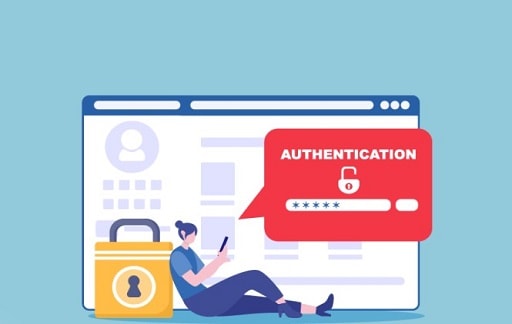There isn’t just one type of malware; instead, various forms of malicious software exist that can compromise your security, including doxware. However, despite the prevalence of this threat, the term doxware remains relatively unknown to many. So, what exactly is doxware, how does it work, and is there a way to prevent it?
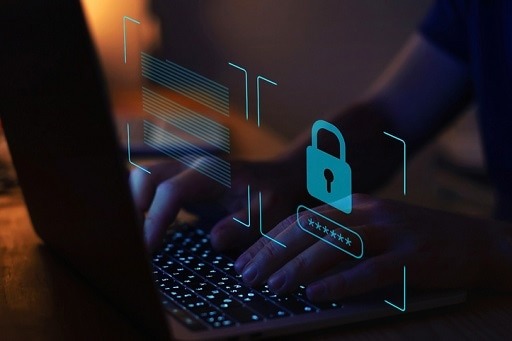
What is a Doxware attack?
Doxware is a type of malware that threatens to publicly disclose a victim’s sensitive or private information unless a ransom is paid. The name “doxware” is derived from the term “doxing,” which means publishing someone’s personal information on the internet without their consent. Doxware takes this concept a step further by encrypting or exfiltrating the victim’s data and threatening to release it publicly unless a ransom is paid.
The attackers behind doxware typically demand payment in cryptocurrency to avoid detection and traceability. Doxware attacks can target individuals or organizations and can be delivered through a variety of methods, including phishing emails, malicious downloads, and exploit kits.
Doxware, also known as doxing ransomware, is a type of malware that is employed to extort individuals or organizations by threatening to leak their data. Unlike other types of ransomware that only restrict access to files and programs until the ransom is paid, doxware holds the additional threat of exposing confidential information. This is achieved by encrypting and removing the targeted files, which increases the pressure on the victim to pay the ransom quickly. Using this tactic, attackers can more effectively coerce their victims into paying the ransom demand.
How is the Doxware attack used?
Doxware is typically used to extort money from individuals or organizations by threatening to expose sensitive or private information. The attackers behind doxware typically gain access to their victim’s computer systems through methods like phishing emails or exploiting vulnerabilities in software. Once inside the system, the attackers will locate sensitive data such as personal information, financial data, or trade secrets.
The attackers will then either encrypt or copy the data and threaten to make it public unless a ransom is paid. The ransom is often demanded in cryptocurrency to make it difficult to trace the transaction. If the victim refuses to pay, the attackers may follow through on their threat and make the data public, potentially causing significant harm to the victim’s reputation, finances, or security.
Doxware attacks can have severe consequences for organizations, as exemplified by LockBit 3.0 (also known as LockBit Black), the latest version of the LockBit ransomware family. Unlike its predecessor, LockBit 2.0, LockBit 3.0 not only encrypts files but also exfiltrates them, allowing attackers to threaten the victim with data leakage in addition to locking down their information.
Since its launch in June 2022, LockBit 3.0 has been used in multiple attacks. LockBit 3.0 exploited Windows Defender to drop penetration tools through Cobalt Strike payloads in one instance.
Phishing communication is a common method of spreading doxware and other malware. Cybercriminals frequently use phishing to either steal data through malicious websites or propagate malware through attachments and links.
How to prevent Doxware Attack
There are several steps individuals and organizations can take to avoid falling victim to doxware:
- Regularly back up your data: This ensures that even if your data is encrypted or stolen, you can recover it without paying the ransom.
- Use antivirus software and keep it up to date: Antivirus software can detect and prevent malware, including doxware, from infecting your computer.
- Be cautious with email attachments and links: Do not open email attachments or click on links from unknown or suspicious senders. Verify the sender’s identity before downloading or clicking on anything.
- Use strong passwords and two-factor authentication: Strong passwords make it more difficult for attackers to gain access to your accounts. Two-factor authentication provides an additional layer of security, making it more challenging for hackers to steal your information.
- Keep your software up to date: Software updates often include security patches that address vulnerabilities that attackers can exploit.
- Educate yourself and your employees: Provide training on how to recognize and avoid phishing emails and other social engineering attacks.
By following these measures, individuals and organizations can reduce the risk of falling victim to doxware and other forms of malware.
New Ransomware Targeting Unpatched Microsoft Exchange Servers
Doxware is a hazardous type of ransomware because it can both encrypt and exfiltrate data. It is crucial to understand the risks associated with this malicious software and take steps to prevent it from infecting your system.
Would you like to read more about Doxware-related articles? If so, we invite you to take a look at our other tech topics before you leave!







